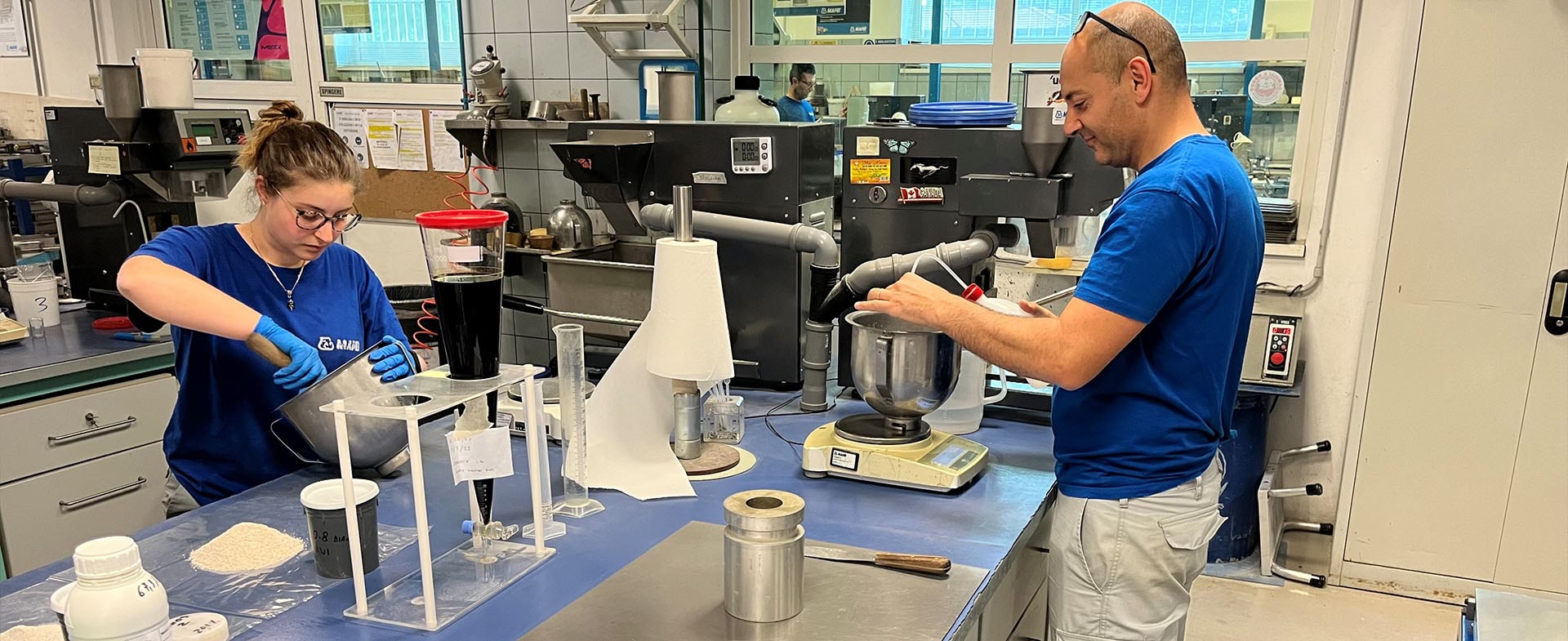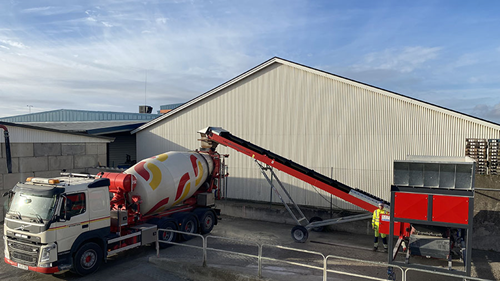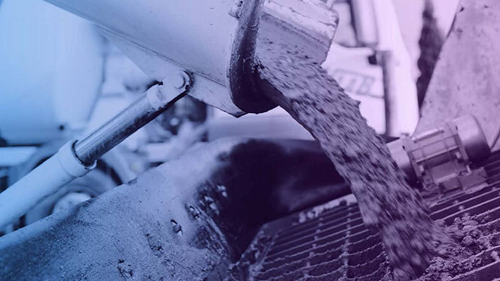

New product coming soon: RE-CON PH 1000
Addressing environmental challenges in concrete production: introducing RE-CON PH 1000 for pH regulation
Concrete mixing plants face environmental challenges due to the discharge of high pH water. RE-CON PH 1000 addresses this issue by regulating pH levels to meet new regulations, ensuring environmental responsibility and water quality in concrete production.
How was RE-CON PH 1000 developed and for what purpose?
RE-CON PH 1000 was developed because of a new national regulation for concrete production in Norway. The Norwegian environmental authorities now require process water from concrete production, which must be discharged via either a sewage system or back into nature (on the ground or into a river, lake or ocean), to be adjusted for pH, and its pH level is not allowed to be higher than 9.5. As most people who work with cement and concrete already know, after water has been used to clean mixing machines or concrete trucks, its typical pH level is 11.5 - 13.
There are many ways of overcoming this challenge. Some large concrete producers invest in equipment which filters the cleaning water and then recycles the water for the production of fresh concrete. This type of equipment, however, is normally quite expensive. For smaller concrete producers, it would be more interesting to be able to adjust the pH of cleaning water and let it out from the plant. That is why we have developed a new product for the RE-CON line, which is for adjusting pH only.
Which tests and equipment were involved in the development process?

What is its impact on the pH of water?
The pH of water is a number which tells us something about the concentration of acid or hydrogenions (H+) dissolved in the water. Most living species (plants, animals, fish, birds and humans) are at their most comfortable when pH is in the neutral range (pH 5 – 9). The pH-scale is logarithmic, which means that if pH goes from 5 to 3, the concentration of acid (or H+) is 100 times higher. This is why we had to select the type of acid in the product carefully. If a strong acid were to be used, it would have been very easy to reduce the pH and, once you have neutralized the alkaline chemical compounds, the excess of strong acid would have easily resulted in a pH level of less than 1. It is not sustainable to release such low pH water into nature and it can also be very harmful for plants and fish. We opted for a so-called weak organic acid, which acts as a buffer (that is to say, a solution which resists changes in pH when acid or alkali is added to it). Once this buffer has been used to neutralize the strong alkaline chemical compounds, the excess weak acid does not immediately result in a very low pH; rather, pH drops to a typical level of more than 4. This is much better from an environmental point of view.
Find out more about Mapei solutions for the concrete industry at: https://www.mapei.com/cis/en/home-page









